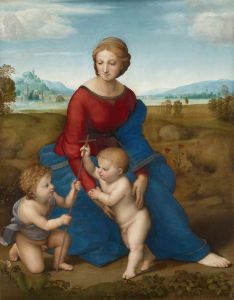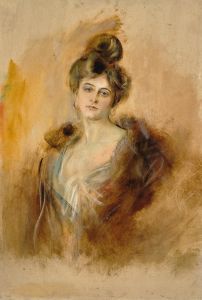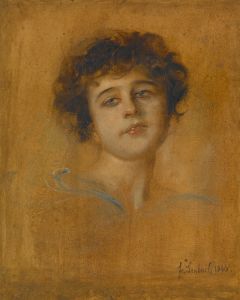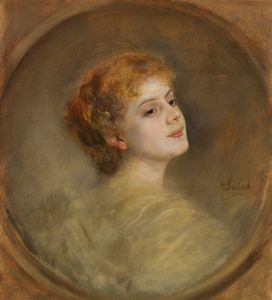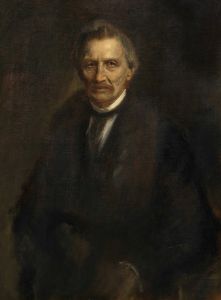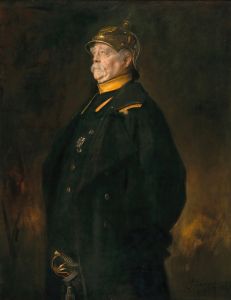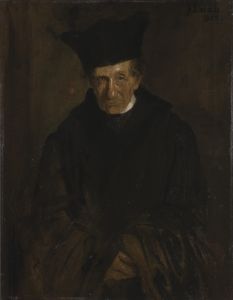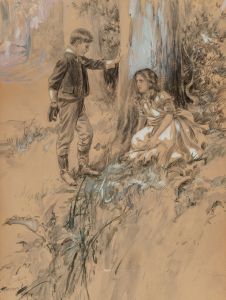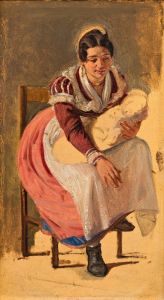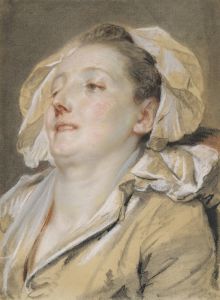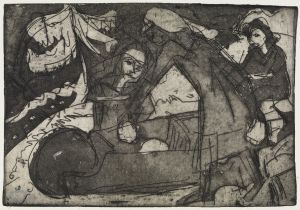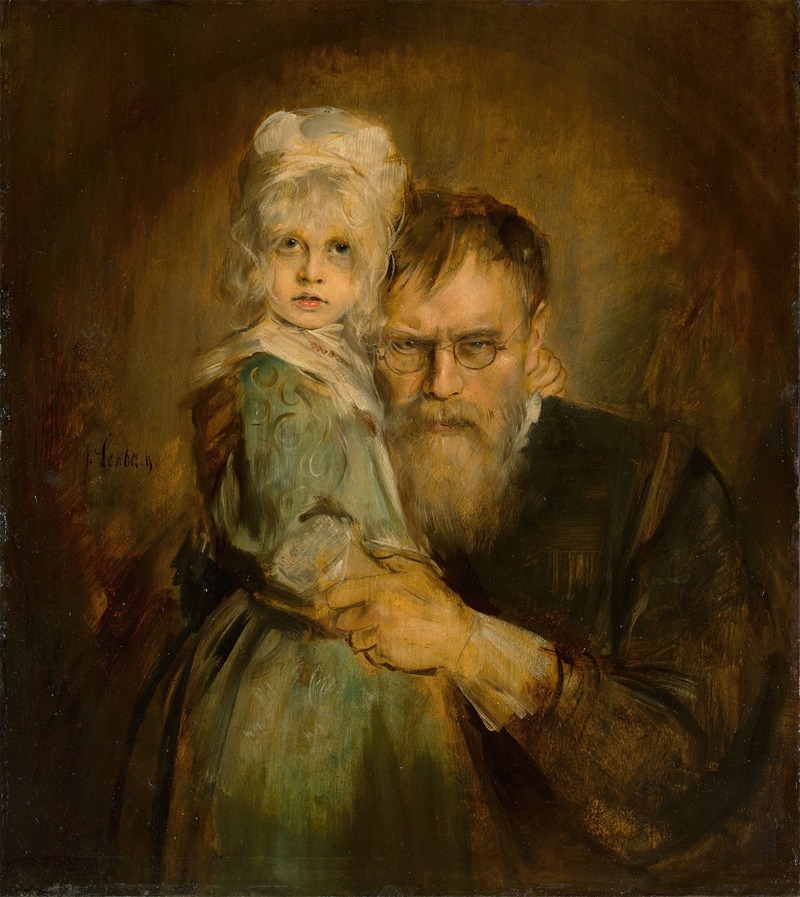
Selbstbildnis mit Tochter Marion
A hand-painted replica of Franz von Lenbach’s masterpiece Selbstbildnis mit Tochter Marion, meticulously crafted by professional artists to capture the true essence of the original. Each piece is created with museum-quality canvas and rare mineral pigments, carefully painted by experienced artists with delicate brushstrokes and rich, layered colors to perfectly recreate the texture of the original artwork. Unlike machine-printed reproductions, this hand-painted version brings the painting to life, infused with the artist’s emotions and skill in every stroke. Whether for personal collection or home decoration, it instantly elevates the artistic atmosphere of any space.
Franz von Lenbach was a prominent German painter known for his portrait work in the late 19th and early 20th centuries. One of his notable works is "Selbstbildnis mit Tochter Marion" (Self-Portrait with Daughter Marion), which exemplifies his skill in capturing both likeness and character in his subjects. Lenbach was a key figure in the Munich School, a group of artists who were influential in the development of German art during this period.
"Selbstbildnis mit Tochter Marion" is a compelling piece that combines personal and artistic elements. The painting features Lenbach himself alongside his daughter Marion, showcasing not only his technical prowess but also his ability to convey intimate familial relationships. This work is particularly significant as it provides insight into Lenbach's personal life, offering a glimpse of the artist beyond his public persona.
Franz von Lenbach was born on December 13, 1836, in Schrobenhausen, Bavaria. He initially studied architecture before turning to painting, studying at the Academy of Fine Arts in Munich. Lenbach's career took off after he traveled to Italy, where he was deeply influenced by the works of the Old Masters. This influence is evident in his meticulous attention to detail and his use of rich, warm colors, both of which are present in "Selbstbildnis mit Tochter Marion."
The painting is characterized by its realistic portrayal and the emotional depth captured in the expressions of both father and daughter. Lenbach's use of light and shadow adds a three-dimensional quality to the figures, enhancing the lifelike appearance of the subjects. The composition of the painting is carefully balanced, with Lenbach and Marion positioned in a way that suggests both connection and individuality.
Lenbach was known for his portraits of notable figures of his time, including Otto von Bismarck and Emperor Franz Joseph I of Austria. However, "Selbstbildnis mit Tochter Marion" stands out as a more personal work, reflecting his role not only as an artist but also as a father. This duality adds a layer of depth to the painting, making it a significant piece in Lenbach's oeuvre.
Throughout his career, Lenbach received numerous accolades and was widely celebrated for his contributions to art. He was ennobled in 1882, becoming Franz Ritter von Lenbach, a testament to his status and influence in the art world. His works are held in high regard and are part of collections in various prestigious museums and galleries.
"Selbstbildnis mit Tochter Marion" remains an important work for those studying Lenbach's art, as it encapsulates his technical skill, his ability to convey emotion, and his personal connection to his subjects. The painting is a testament to Lenbach's legacy as one of Germany's foremost portrait painters, and it continues to be appreciated by art enthusiasts and historians alike.
In summary, "Selbstbildnis mit Tochter Marion" is a significant work by Franz von Lenbach that highlights his mastery of portraiture and his personal connection to his subjects. Through this painting, viewers can appreciate the depth of emotion and technical skill that define Lenbach's contribution to the art world.





